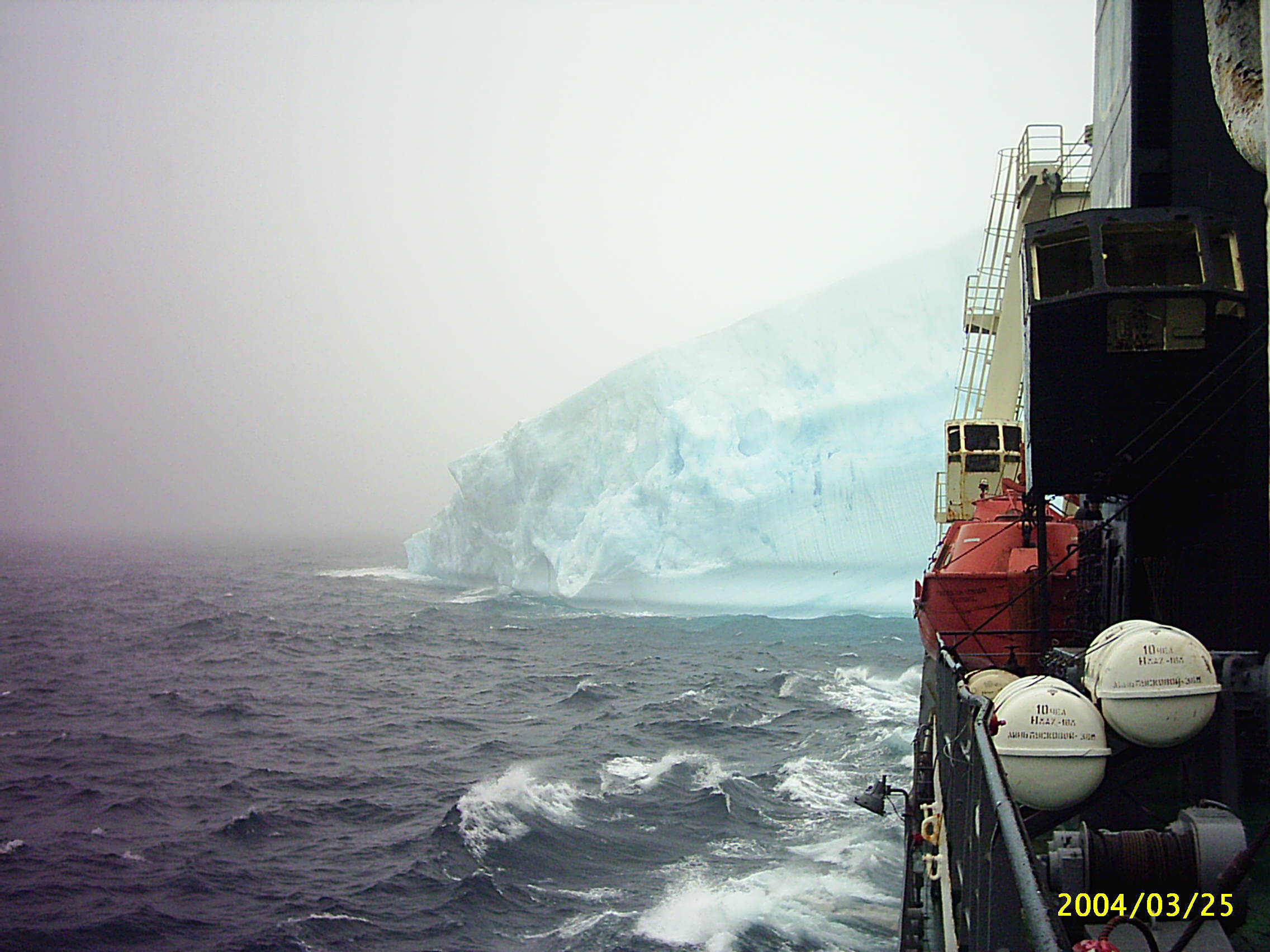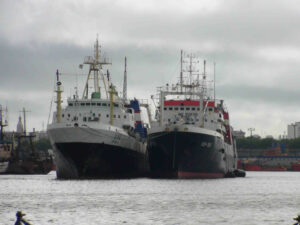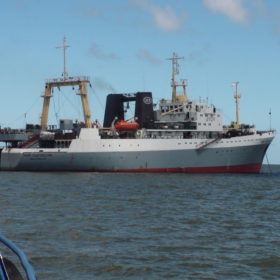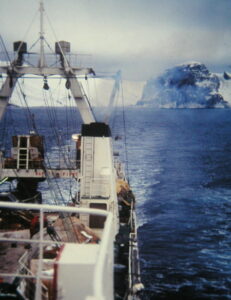Although this research was published March 2014 in Advances in Polar Science, it is a very actual matter that impacts krill meal and krill oil sales, sustained by Tharos’ market research.
Fluorine (F) toxicity is a matter of real concern. This research was made using rats with different dietary regimens: A control group, a krill treatment group (150 mg·kg−1 F), and a sodium fluoride (NaF) treatment group (150 mg·kg−1 F). After three months test, concentrations of F in plasma and bone in the krill treatment group were higher than in the control group, but lower than in the NaF treatment group. The degree of dental fluorosis in the krill treatment group was moderate, compared with severe in the NaF treatment group and normal in the control group. The degree of skeletal fluorosis did not change signicantly in any group.
These results showed that the toxicity of F in Antarctic krill was lower than for an equivalent concentration of F in NaF, but it was toxic for rats consuming krill in large quantities.
The degree of dental fluorosis in both treatment groups increased with time, but this 3-month study was probably not long enough to demonstrate significant effects on the microstructure of femur bone and trabecular bone parameters. Thesis findings demonstrated that F in Antarctic krill was less toxic than F in NaF, but it was still toxic to rats. The content of F in Antarctic krill needs to be addressed if krill is to be used as a food source for humans.
Read full research here.








